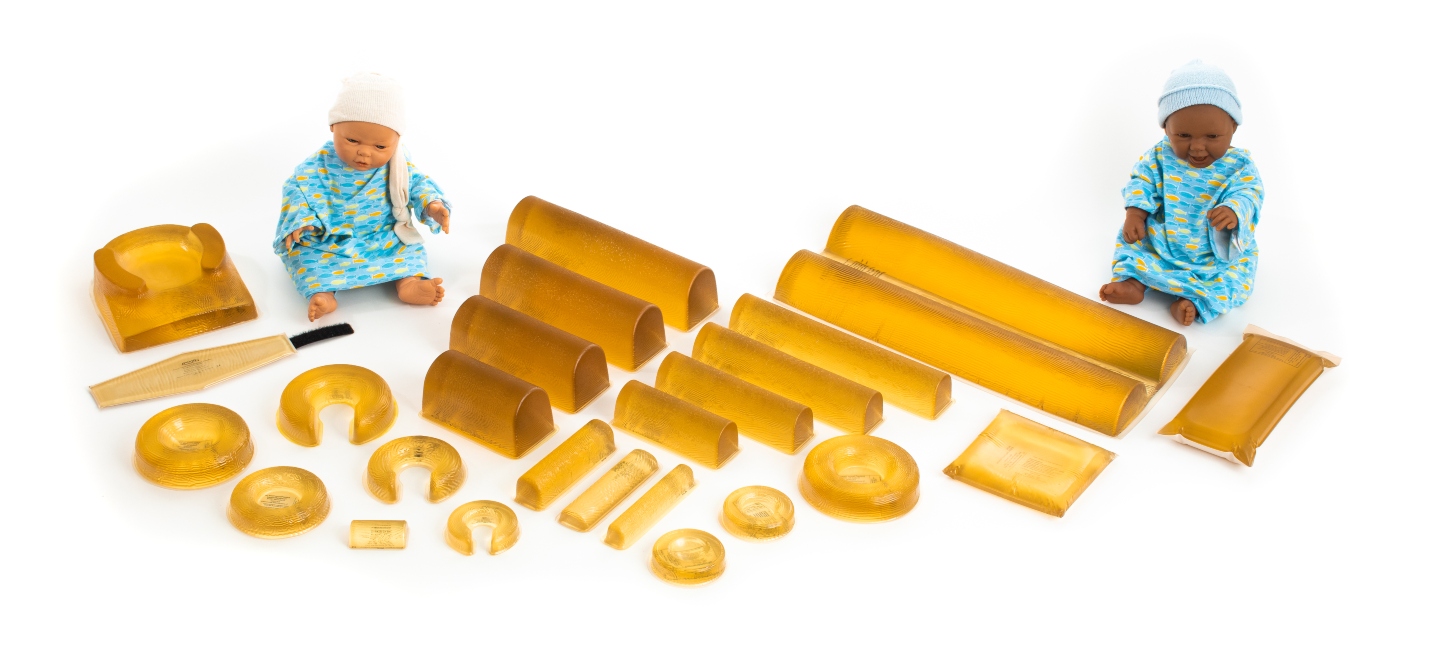
The pediatric surgical patient, like any other surgical patient can be vulnerable to pressure ulcers (PU). Reducing pressure injury development in the pediatric surgical patient can be challenging especially when there is an admitting diagnosis of congenital heart disease (CHD) paired with open-heart surgery (Galvin and Curley 2012).
The CHD diagnosis creates a risk for pressure injury on its own, as Zhang points out, “the incidence of pressure ulcers in pediatric patients with CHD ranks first among all diseases” (2012). Available evidence suggests that the incidence of pressure injury in children with CHD ranges from 16.9 to 25% (Kiss and Heiler 2014).
The addition of a major cardiac surgery to the CHD diagnosis creates a twofold PU risk for the patient. “Patients undergoing cardiac surgery often have periods of decreased tissue perfusion and decreased systolic blood pressure while on cardiopulmonary bypass. Pediatric patients with congenital heart disease are likely to have lower oxygen saturation and altered nutritional status, so they may be at higher risk for experiencing skin breakdown” (Galvin and Curley, 2012).
To protect this vulnerable pediatric population, a risk assessment is needed along with putting evidence-based interventions into place to mitigate the risk.
A risk assessment tool specific for the pediatric population that Galvin and Curley developed is called the Braden Q+P. This tool was adapted from the pediatric Braden Q Scale with the addition of the letter P to represent the recommendation for using the tool for procedures. This can mean surgical procedures but also includes procedures in other areas, such as the cardiac catheterization laboratory or radiology suites (Galvin and Curley 2012). Identification and team communication of the high-risk pediatric patient is the first step in decreasing PU in any environment of care.
The OR mattress is one of the most counted on interventions to decrease risk of intraoperatively acquired pressure ulcers, although many times the OR mattress is not enough. “Gel overlays and gel positioning devices may be more effective in reducing pressure ulcer development than a standard OR mattress alone,” states Galvin and Curley (2012).
Engels, Austin, McNichol, Fencl, Gupta, and Kazi stated gel pad overlays can significantly reduce the probability of pressure ulcers compared with some standard OR mattresses (2016). The high-risk areas for PU related to positioning in the pediatric patient population are like the adult population and should be met with intervention.
Engels, Austin, McNichol, Fencl, Gupta, and Kazi also found that using rolled or folded towels, sheets, or blankets as positioning devices increases pressure, contributes to friction injuries, and decreases the pressure-redistributing properties of the support surface (2016). Pediatric gel chest rolls, headrest and other gel positioners should be incorporated into positioning for improved outcomes.
To improve patient outcomes, ensure that communication, risk identification and evidence-based interventions are put into place. Two interventions that can help decrease the risk for pediatric pressure injuries are:
- Improve the OR laying surface with a gel overlay
- Decrease positioning related pressure injuries by using gel positioning aids
There are other evidence-based interventions that can be incorporated into a safe pediatric skin injury prevention bundle. Each intervention is specific to the intrinsic and extrinsic risk factors that affect the individual patient (see AORN pressure injury tool kit for more interventions). https://www.aorn.org/guidelines/clinical-resources/tool-kits/prevention-of-perioperative-pressure-injury-tool-kit
B9017-000

